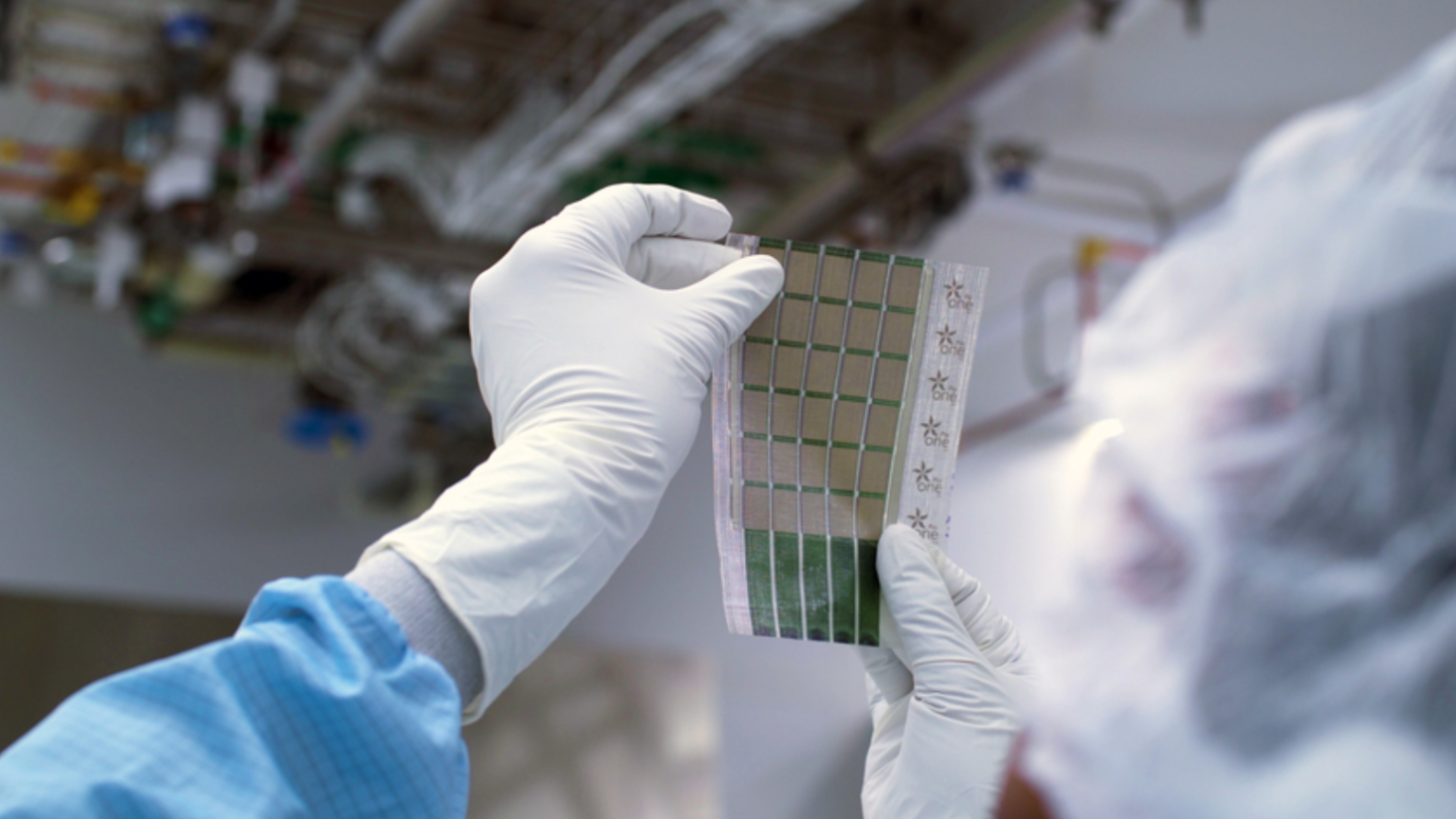All-Carbon Cells Could Spread Solar Energy Use

What’s the Latest Development?
Researchers at Stanford University have succeeded in creating the world’s first-ever photovoltaic made entirely from carbon. The cell, which consists of “a nanotube cathode and a graphene anode sandwiching an active layer made of nanotubes and buckyballs [spherical carbon molecules],” only converts a tiny amount of light into electrical energy, but team leader Zhenan Bao gives a couple of reasons for that, including the roughness of the carbon films, which affect the ability of the charge to travel. The nanomaterials “are still relatively new…[t]here’s a lot of research on how to control [and] use them.”
What’s the Big Idea?
Carbon’s strength combined with its abundance in nature make all-carbon cells ideal for energy needs that can’t be met by cells made from silicon and other inorganic materials. Flexible, printable versions could be used in a variety of applications from home energy to personal electronics. More fine-tuning needs to be done; other teams are working on improving the active layer, for example. Silicon solar cells currently convert about 20 percent of light into electricity; University of Kansas professor Shengiang Ren says that for carbon cells to be of value commercially, they will need a conversion value of at least 10 percent.
Photo Credit: Shutterstock.com





